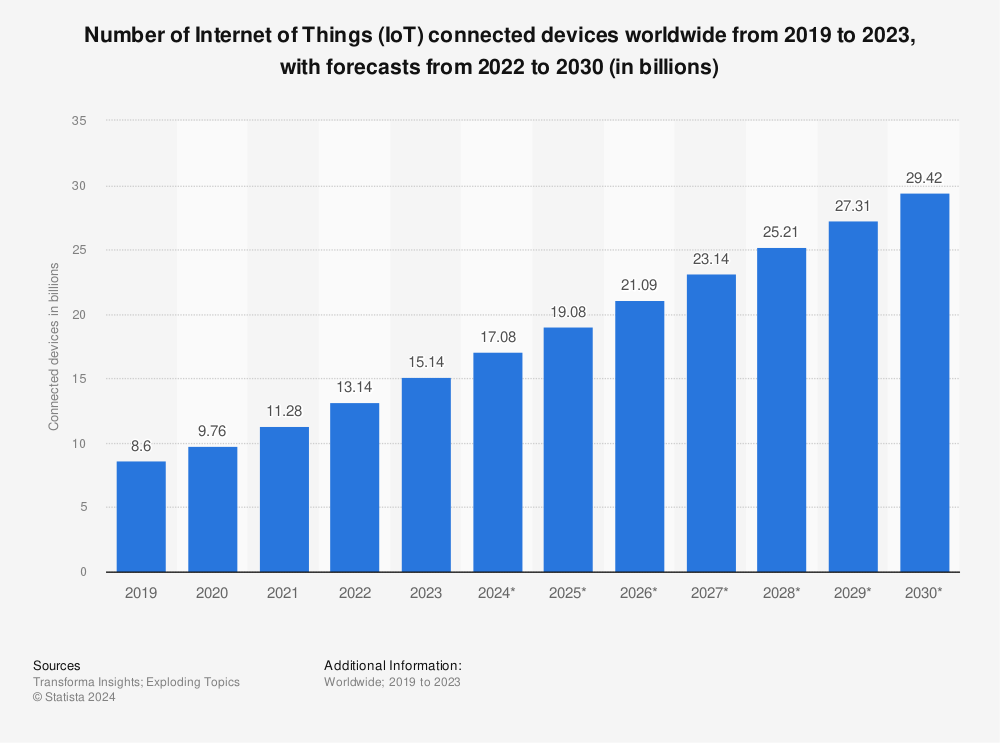How does the Internet of Things (IoT) help the manufacturing business and its outlook
The Industrial Internet of things (IIoT) is a major trend in the coming phase for next-generation manufacturing, in Industry 4.0. The IIoT is about the improvement of business processes and solutions using sensors, devices, gateways, and platforms. Gathering data from all departments and locations gives you a 360-degree view of the process and allows manufacturers to make smarter decisions and design more effective processes. This empowers them to meet the rising demand for high-quality, customized goods at a lower cost, and with fast turnaround times.
The rapid pace of change is creating a new set of challenges. Businesses are expected to provide a higher level of service to customers, while also being more efficient in their operations, and maintaining the highest levels of quality and safety. For example, the traditional methods of manufacturing, including the use of a mold, are no longer adequate. For rapid prototyping, the rise of 3D printing is changing the way manufacturers are designing and producing products. It is becoming an integral part of the manufacturing process. It is estimated that by 2030, 3D printing will be used to create 40 percent of all manufactured goods. Data collected by the IoT would provide the intelligence and insight needed behind these innovations and processes.
The Internet of Things is not just about gathering data. It is about data that is then used to enhance business strategies. Artificial intelligence is an exciting new way for businesses to achieve faster time-to-value, improved productivity, and better customer service. Using the intelligently designed software, where they develop analytics, optimization, and user-centered design to help you uncover trends and optimize your business processes and workers.
Implementing IoT in Your Business
By 2035, it is estimated that over 1 trillion internet-connected devices will be operating worldwide. That’s up from 12.2 billion today, according to Statista. This number is projected to increase to 27.3 billion devices by 2029.
The IoT is a big opportunity for manufacturers, particularly those in the retail industry. Retail sales are expected to grow in 2022 at a compound annual growth rate of 6.95 percent to $16.54 trillion (USD). IoT helps retailers to track customers’ buying habits and product preferences in real-time. This allows them to provide personalized services and deliver products faster and at a better price. It can also help them to reduce waste and improve the quality of their service.
There are many ways you can use IoT to transform your business and streamline your production. A few examples include:
Allow businesses to streamline and synchronize their connected devices.
Empower businesses to generate insights and get the desired results.
Improve the accuracy and timeliness of your operations.
Automate your business process and make it more efficient.
Make your data readily available and easily accessible.
Analyze and monitor your product and inventory for quality control and safety.
Use IoT for safety and security purposes.
Ensure that your business is compliant with regulations and industry standards.
The Future of 5G and IoT
5G plays a vital part in both particular and professional settings, and it’ll indeed be more so in the future. Businesses will become more and more digitized as labor jobs will become less demanding. One home can have many smart devices, and one company can have almost hundreds. 5G is a critical part of erecting more advanced IoT technology because it has the power to sustainably run billions of devices.
Over the next couple of years, as 5G is widely adopted, we’ll benefit from smart metropolises that reduce waste, track business data, improve public transportation, and deliver better serviceability. Physicians will use amazing AR technology to perform medical procedures remotely. Smart grids are improving the energy efficiency and safety of our homes, businesses, and utilities by using technology that lets us manage, monitor, and automate energy-saving devices and services.
About the Author
Arthur Wang


